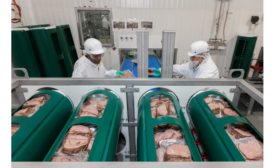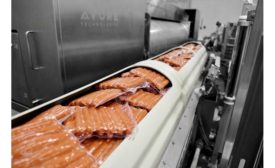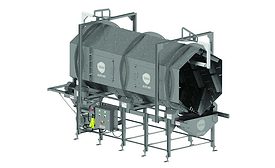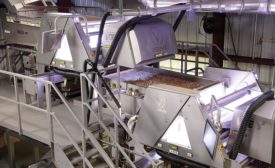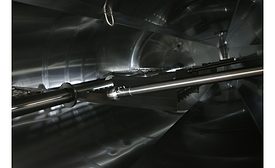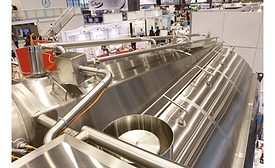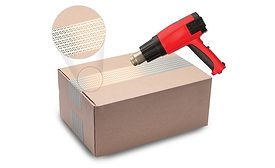Operations
Legacy snack and bakery facilities pose their fair share of sanitation challenges
Read More
Inspection and detection equipment reach new levels of flexibility for peak food safety
X-ray, metal detection, checkweighing and vision systems help processors ensure food safety
January 22, 2019
Finding the right HPP solution
Operation size, extensive testing and understanding business capabilities are crucial steps
January 11, 2019
Never miss the latest news and trends driving the food safety industry
eNewsletter | Website | eMagazine
JOIN TODAY!Copyright ©2025. All Rights Reserved BNP Media.
Design, CMS, Hosting & Web Development :: ePublishing




